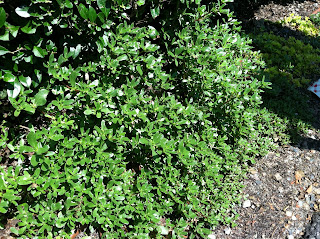 (This article first appeared in Natural News. Here is a full list of all my Natural News articles. ~ Melissa Sokulski.)
(This article first appeared in Natural News. Here is a full list of all my Natural News articles. ~ Melissa Sokulski.)
Many plants which grow wild and are considered weeds are not only edible, but are also delicious, nutritious, and even medicinal. Wild purslane (Portulaca oleracea) which most consider a weed is actually a green vegetable with the highest amount of heart-healthy omega 3-fatty acids of any green. Purslane is also used extensively in Chinese Medicine as an herb which clears heat toxin.
Purslane is widespread across the United States, growing in fields, lots, lawns and gardens. It spreads along the ground, and it has fleshy leaves and a slightly sour taste. It is high in iron and has appreciable amounts of omega 3 fatty acids, which are more commonly found in seeds like flax and in fish. Purslane has .01 mg/g, a very high amount for land based vegetable sources. Purslane is excellent when used fresh in salads, and it can also be steamed or cooked into soups or added to dishes as spinach would be.
In Chinese Medicine, Portulaca oleracea is known as Ma Chi Xian. It is commonly used to treat dysentery, urinary infections, sores, and abscesses, and it is even used as an antidote for snakebites. More recently it has been used to treat post partum bleeding.
Extensive clinical research has been done on purslane in China, and it has been found to have extraordinary results:
- Antibiotic and antifungal effect
- Increases uterine contractions
- Prevention and treatment of dysentery: purslane was found as effective as sulfa drugs, over 90% effective in acute cases and 60% in chronic cases.
- Kills parasites: in one study of 192 patients, 80% were cleared of parasites in one month of treatment.
- Treats appendicitis: a decoction (strong tea) of purslane and dandelion (known as pu gong ying in China) treated 31 cases of clinically diagnosed appendicitis (only 1 needed surgery; all others recovered with no medical intervention).